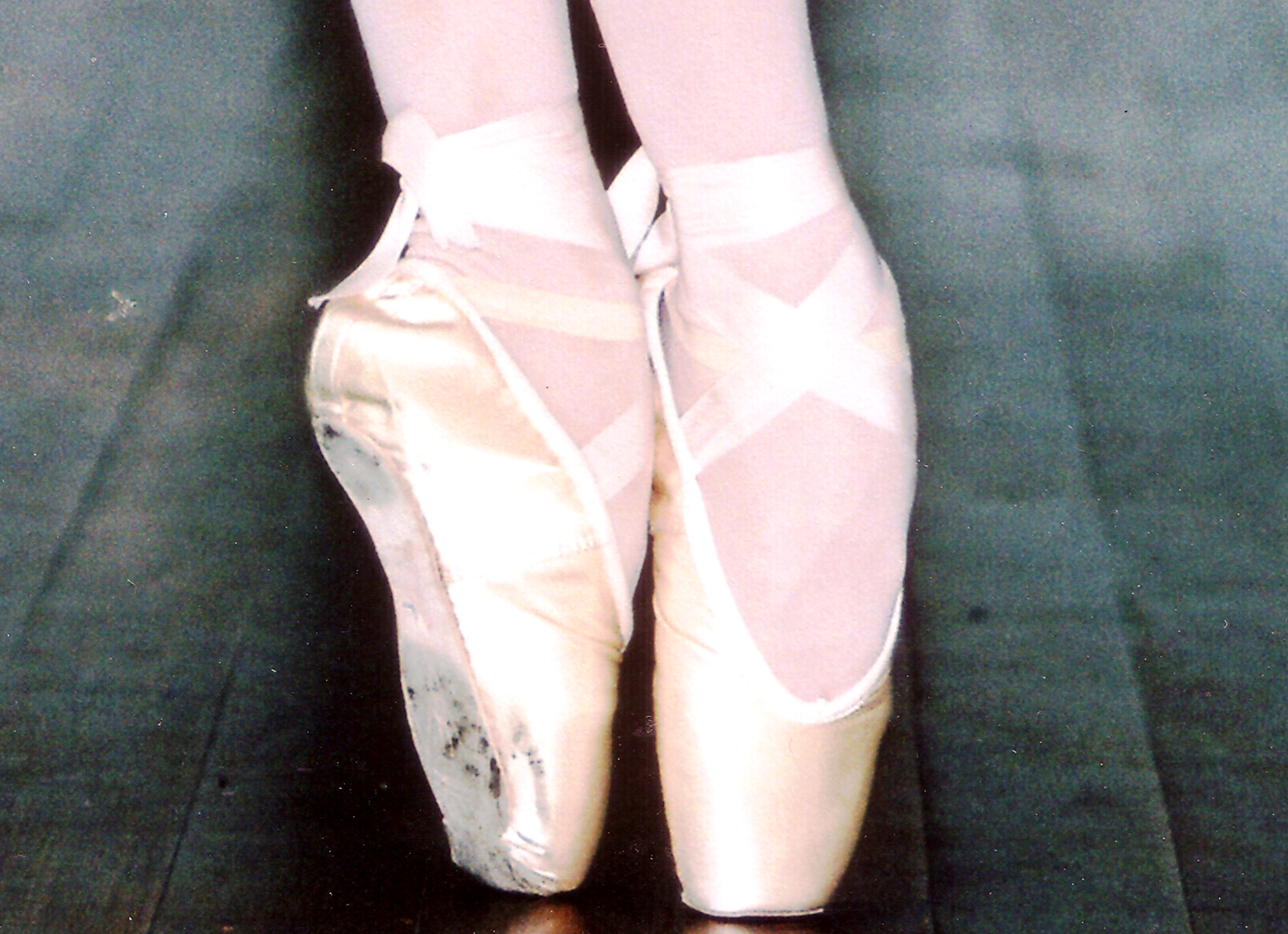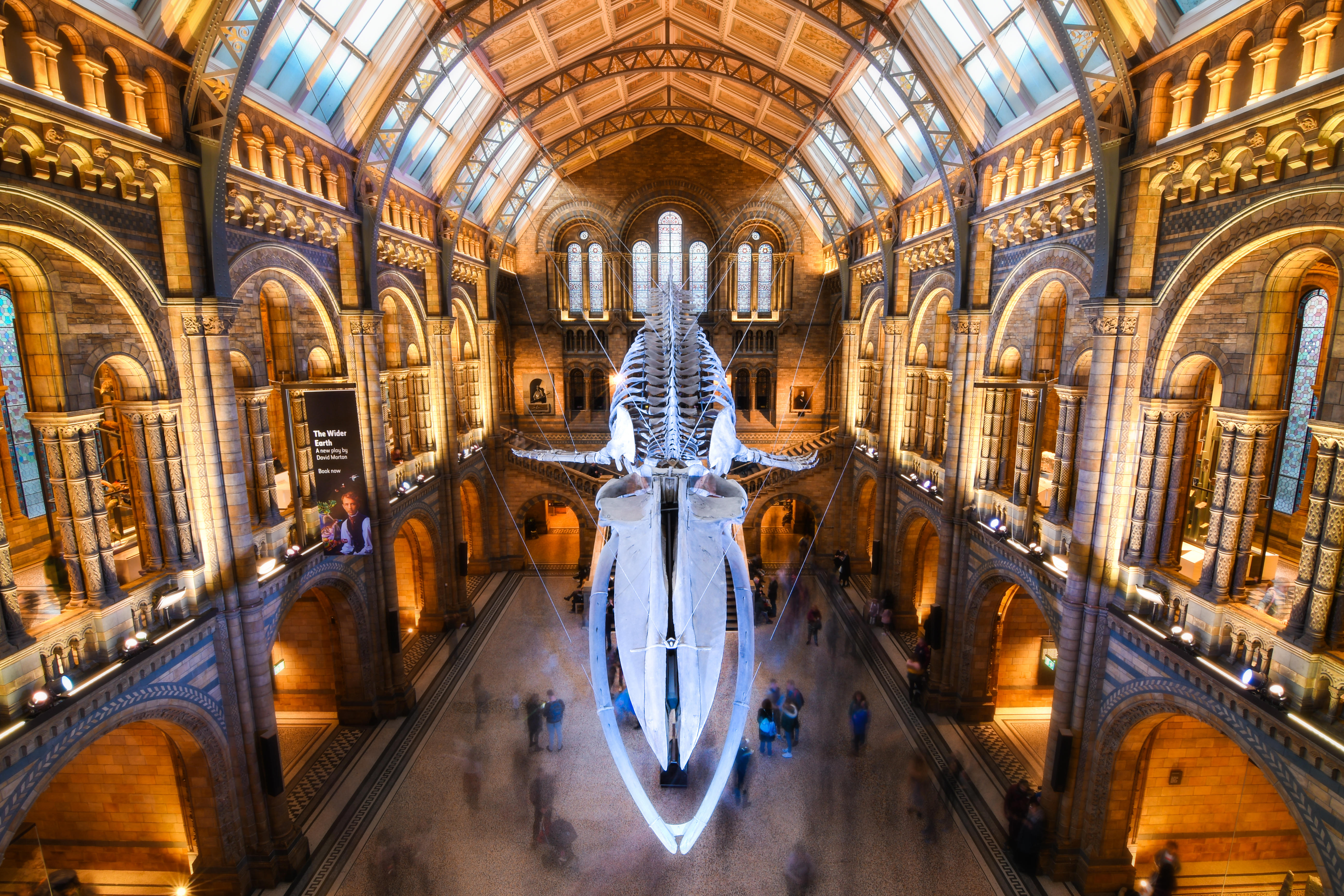Best ballets this Christmas
A bluffers' guide for parents and godparents on the best ballets this Christmas


The Nutcracker Based loosely on a Hoffman story-which some new productions ignore completely-The Nutcracker is essentially a platform for a series of fantasy set pieces. On Christ-mas Eve, Clara receives a nut-cracker shaped like a toy soldier that comes alive at night, with other puppets, sweets and gifts. The nutcracker turns into a handsome prince, but Clara wakes to find it was a dream. Don't panic if favourites such as the Spanish, Arabian and Russian dances aren't mentioned in the programme; they're sometimes renamed Chocolate, Coffee and Candy Canes. Cinderella There are 1,500 versions of the story worldwide; in one, Cinderella even commits a murder! It became popular as a ballet in 1945, with music by Prokoviev, following the success of his ravishing score for Romeo and Juliet. Sir Frederick Ashton was the first to choreograph the Prokoviev version in Western Europe, sticking faithfully to the rags-to-riches tale with humorous undertones (if you like Shrek, you'll like this, says Mr McRae) and the Ugly Sisters are danced by men. Hopefully, there won't be too much disappointment when the glass slipper is substituted with a ballet shoe. Sleeping Beauty We think we know the story: wicked fairy Carabosse curses Princess Aurora, who pricks her finger and sleeps for 100 years, until Prince Flori-mund breaks into the over-grown castle and wakes her with a kiss. However, the ballet takes considerable licence, introducing characters from other tales, such as Red Riding Hood, Cinderella and Puss in Boots. The original version of the ballet had 30 scenes and, even now, with cuts, it lasts three hours. Dame Ninette de Valois' staging was the Royal Ballet's first performance at the Royal Opera House in 1946.
Swan Lake Odette is white swan by day, princess by night, having been cursed by sorcerer von Rothbart. Prince Siegfried falls for her, but is tricked into proposing to Von Rothbart's daughter, the near-identical Odile (the black swan, usually the same dancer). Odette and Siegfried finally drown themselves, to be together in eternity (in most versions). Unbelievably, the Moscow premiere in 1877 was universally panned-embarrassing for Tchaikovsky, who, in accepting this commission, had become the first ‘crossover' composer. Some historians think Swan Lake derives from a Russian folk tale, The White Duck, but it might not have been such a hit with that name. Giselle (also known as Les Wilis) Although this is considered a Christmas treat, chaperones should be forewarned of its dark and salacious themes. Giselle is a peasant girl who goes mad and dies. As a ghost, she pledges to protect her undeserving lover Albrecht (a two-timing duke in disguise) from the Wilis, evil female spirits who punish men by dancing them to death. Ultimately saving Albrecht, Giselle takes to her grave in peace. It was for Giselle that legendary choreographer Marius Petipa created the ballet blanc-the corps of women in white -now the signature of classical ballet. Coppélia Dr Coppélius makes a life-size doll, Coppélia, and plants her on a balcony. Everyone thinks she's real, including love-struck Franz, whose rejected sweetheart Swanhilde breaks into the doctor's house and discovers the truth. She takes Coppélia's place, leading silly old Dr C to believe he has the power to bring things to life. From the ballet's premiere in 1870, Franz has often been danced by a beautiful woman-most popularly Eugenie Fiorce, to the approval of male members of the Jockey Club, major patrons of the Paris Opéra.
Onegin Based on Pushkin's story, Onegin is a convoluted tale of betrayal and thwarted love (between country girl Tatiana and the urbane Eugene Onegin). The music is an arrangement of some of Tchaikovsky's lesser-known piano music, not borrowing a single bar from his opera.
Sign up for the Country Life Newsletter
Exquisite houses, the beauty of Nature, and how to get the most from your life, straight to your inbox.
Country Life is unlike any other magazine: the only glossy weekly on the newsstand and the only magazine that has been guest-edited by HRH The King not once, but twice. It is a celebration of modern rural life and all its diverse joys and pleasures — that was first published in Queen Victoria's Diamond Jubilee year. Our eclectic mixture of witty and informative content — from the most up-to-date property news and commentary and a coveted glimpse inside some of the UK's best houses and gardens, to gardening, the arts and interior design, written by experts in their field — still cannot be found in print or online, anywhere else.
-
 Athena: We need to get serious about saving our museums
Athena: We need to get serious about saving our museumsThe government announced that museums ‘can now apply for £20 million of funding to invest in their future’ last week. But will this be enough?
By Country Life
-
 Six rural properties with space, charm and endless views, as seen in Country Life
Six rural properties with space, charm and endless views, as seen in Country LifeWe take a look at some of the best houses to come to the market via Country Life in the past week.
By Toby Keel